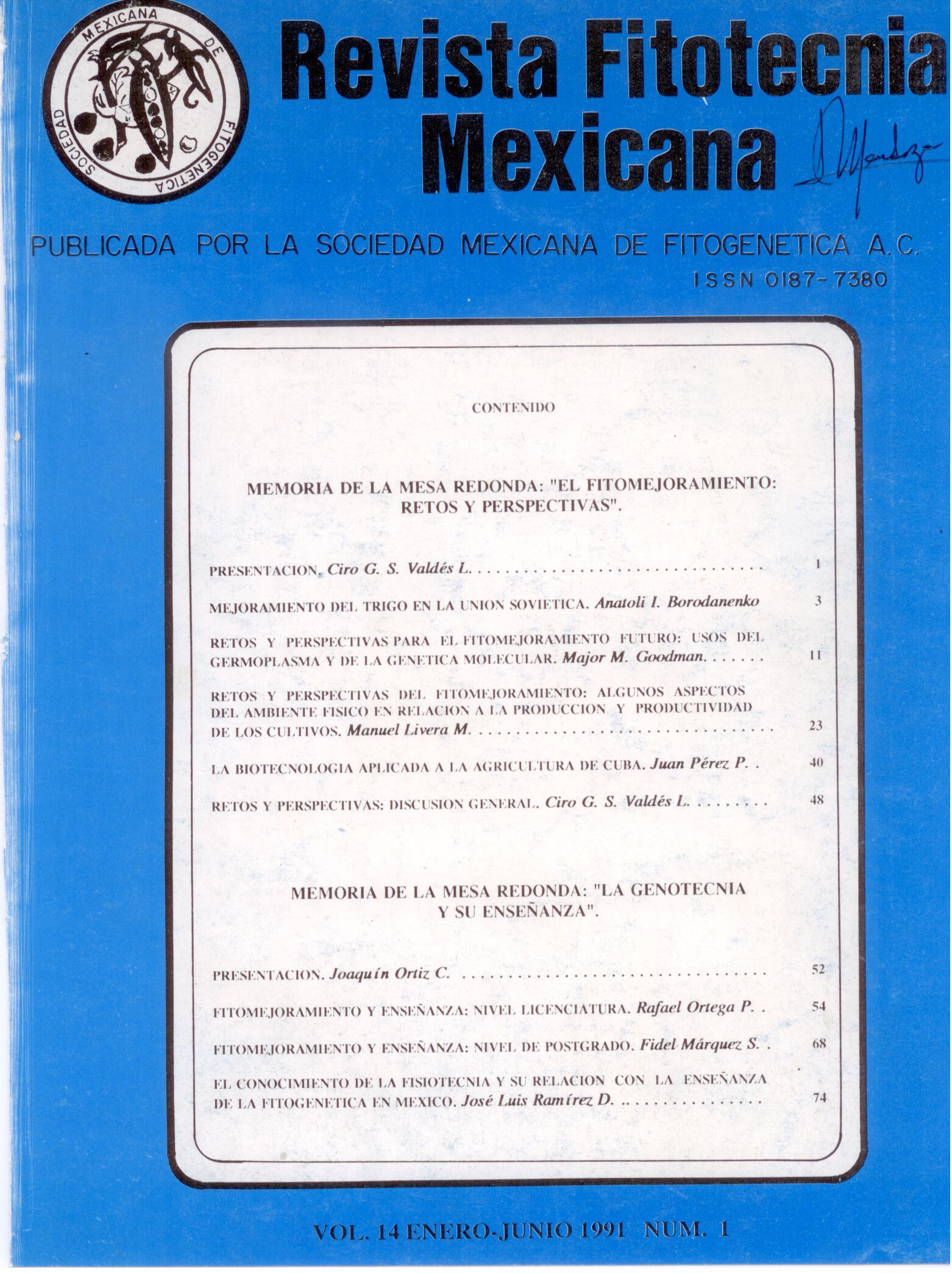BIOTECHNOLOGY APPLIED TO AGRICULTURE IN CUBA
Main Article Content
Abstract
Throughout the improvement process that has been carried out, performance has been the fundamental basis and that is why currently in the vast majority of crops there are varieties with high yield potential; However, in many of these varieties such potential cannot be exploited because they do not have resistance to pests or diseases, or their use is limited because they have little resistance to adverse environmental factors. It is because of this situation that currently, worldwide, 80% of the work carried out in genetic improvement is aimed at improving some type of resistance. The previous situation is even more aggravated in underdeveloped countries in which the majority of varieties in commercial exploitation come from the breeding work carried out in other countries (developed ones, fundamentally) and it is for this reason and the diversity and aggressiveness of the pathogens. In tropical countries pathological problems are more serious in tropical areas. As an example of this situation, in Cuba, all the varieties of sugar cane (Saccharum officinarum L.) that have existed, with the exception of POJ-2878, have been eliminated due to problems of resistance to either viruses or fungi, a situation very similar to that of other sugarcane producing countries. Even today, there are varieties and clones in sugarcane cultivation with very high yields in sugarcane and sugar, which are banned for being susceptible to one disease or another (Mosaic Virus, Puccinia melanocephala and Ustilago scitaminea, in the case of Cuba); Other varieties, despite their good characteristics, have limitations due to other deficiencies and can only be used in specific environments. The elimination of the defects that these varieties and clones present, using traditional methods of improvement by crossing and selection, in the case of sugarcane takes 11 to 13 years, given the genetic complexity of this plant (more than 100 chromosomes, highly polyploid and heterozygous); The success of these programs to date has been limited despite studying populations greater than one million plants per year in some countries. The banana (Musa x paradisiaca L.) presents an even more difficult situation. in which there are more serious pathological problems, such as "Black Sigatoka" and Fusarium race 4, where conventional breeding programs, some of which are 60 years old, have not given interesting results and have mostly been abandoned . Therefore, a breeding challenge is to rescue in the short term the high-yielding clones and varieties that exist in many cultivars.

